The following elements are also represented in the bottle:
The rooster, which crows three times during Christ's denial, also a symbol of virility
The pliers and the hammer, which were used to crucify Jesus, but essential tools for carpenters and farriers working on the banks
The carters' whip
The lance that pierced Christ's side
The pole that held the sponge soaked in drinking vinegar
The 3 dice, Christ's tunic was played with dice
The foal, a ladder for unloading goods
A shovel and a pickaxe...
Many enthusiasts have attributed a dual religious and secular meaning to these elements. Religious because it faithfully illustrates the story of the Gospels.
Profane because some objects (hammer, ladder, pliers, etc.) could also refer to the work of the sailors, as well as to that of the different trades that evolved on the fringes of the river crews: carpenters, farriers, blacksmiths, etc.
From the moment when the glass of the bottles, at the beginning of the 19th century, became translucent and free of too many air bubbles, and at the same time the bottles became less expensive, it was possible to make, by sailors and by the faithful, sailors or not, bottles of the passion. These bottles then served as a central "piece" for small oratories created in chapels, houses or the cabins of the sailors.
Finding a bottle of sailor is also finding a little piece of a boatman's heart... like a little genie in this bottle, a little jewel of Popular Art!
Dimensions:
H. 27 cm x D. 10 cm
Popular art
19th century


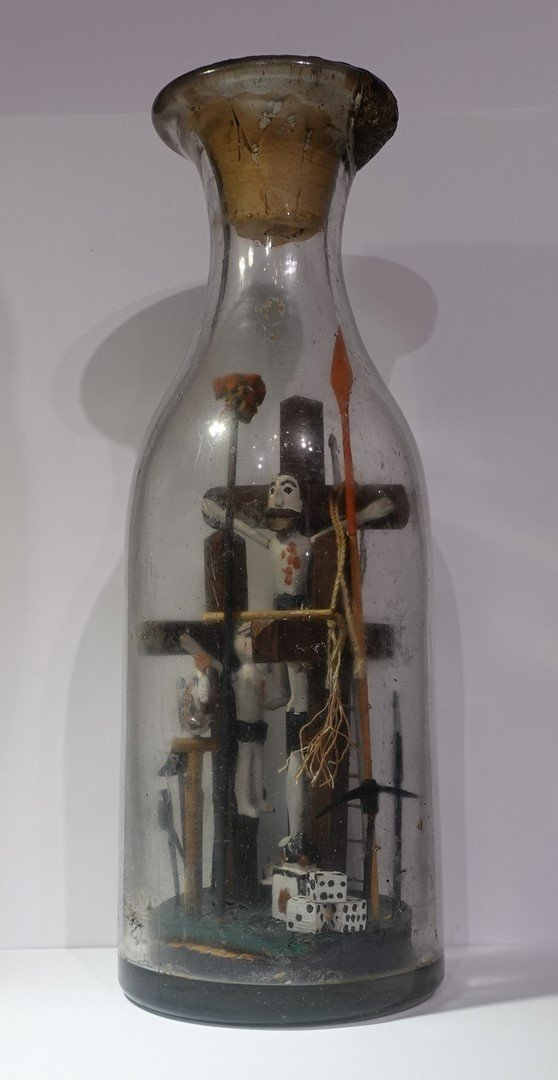



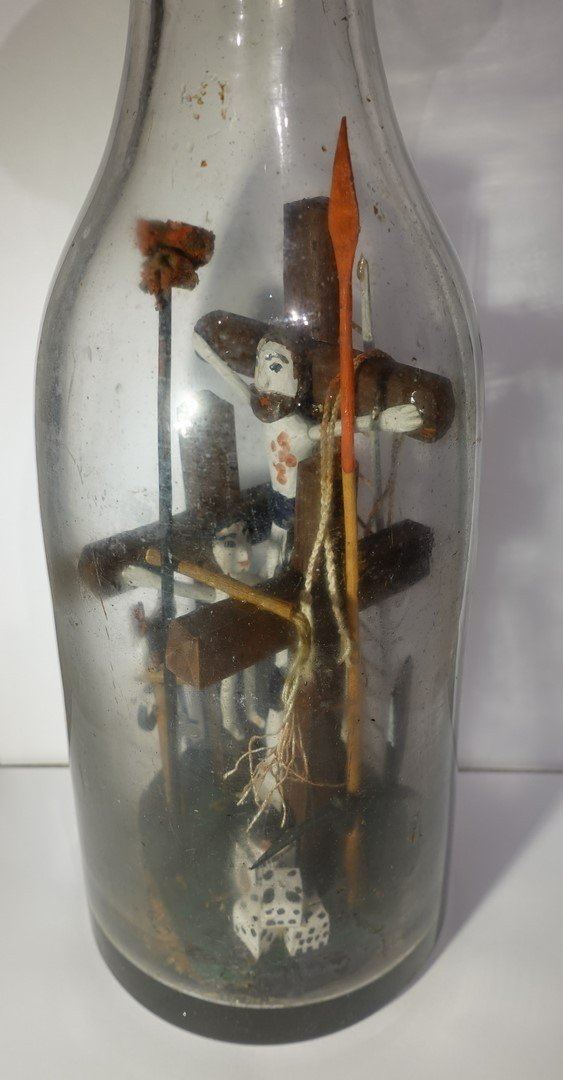
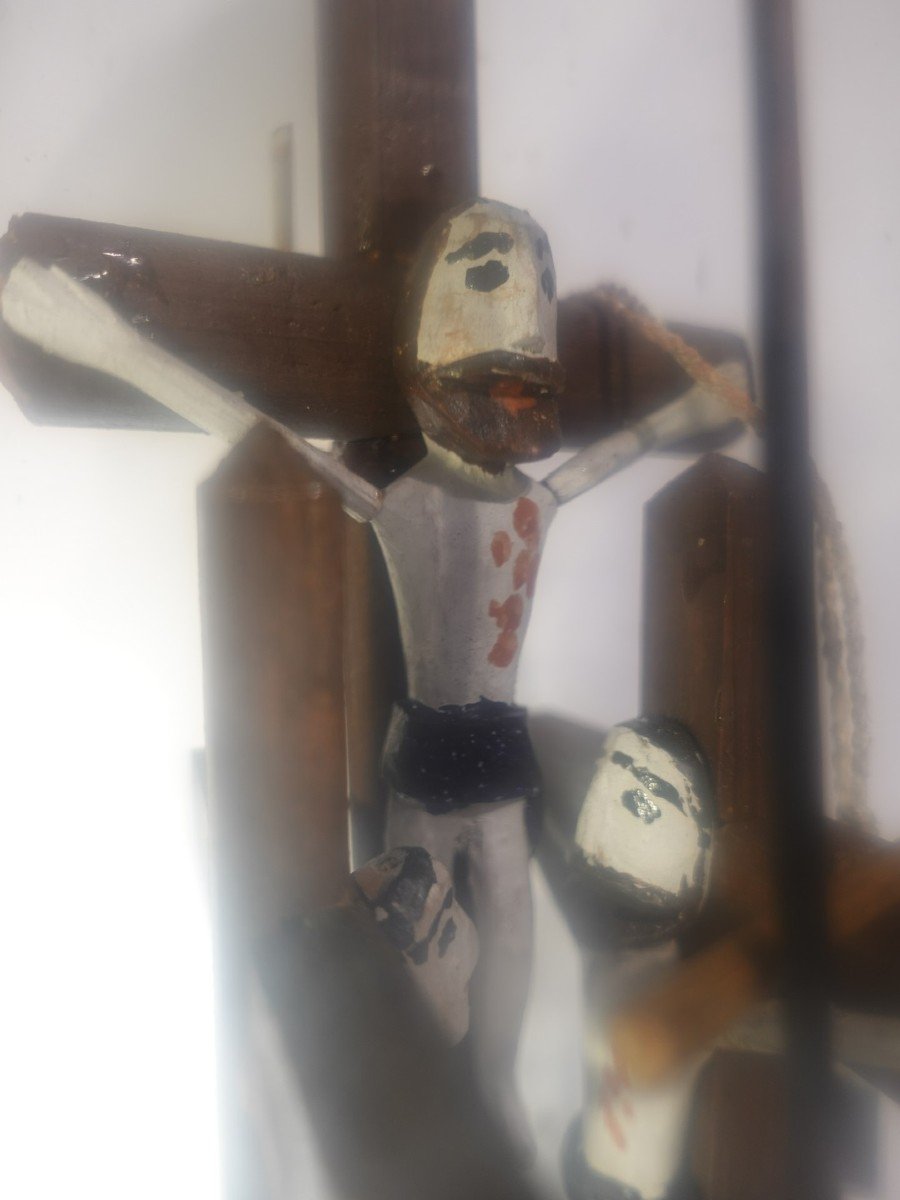





















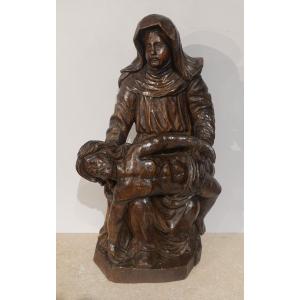
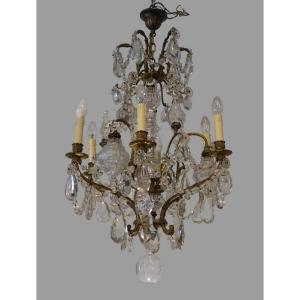




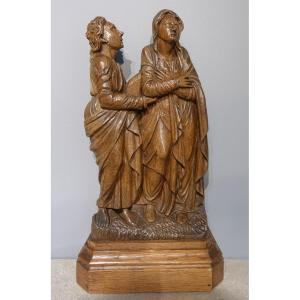

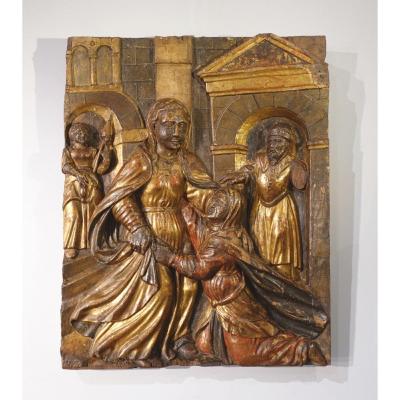



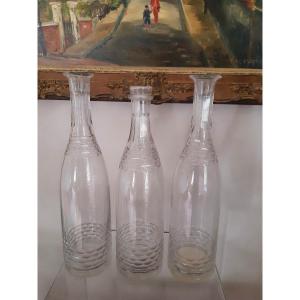





 Le Magazine de PROANTIC
Le Magazine de PROANTIC TRÉSORS Magazine
TRÉSORS Magazine Rivista Artiquariato
Rivista Artiquariato